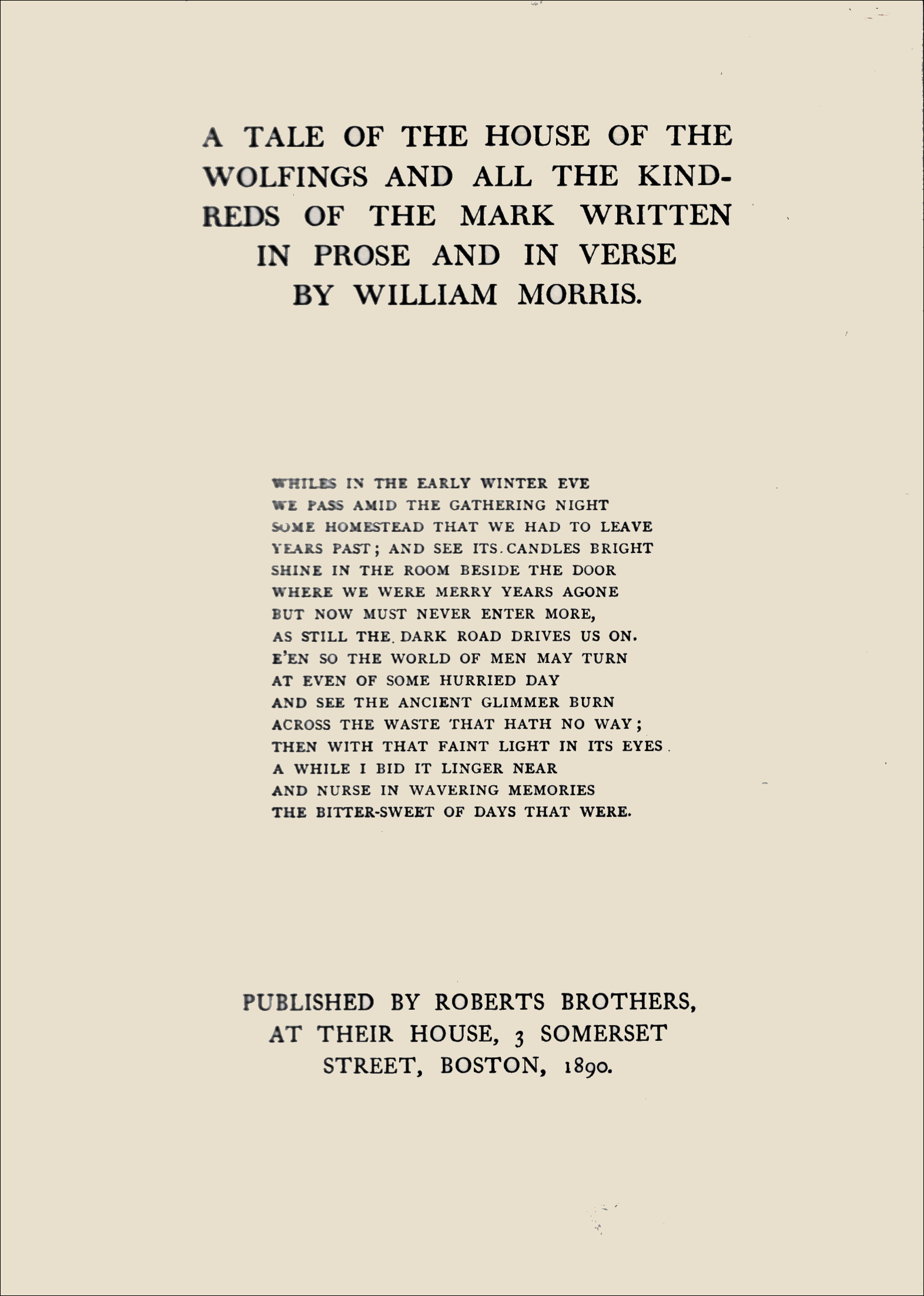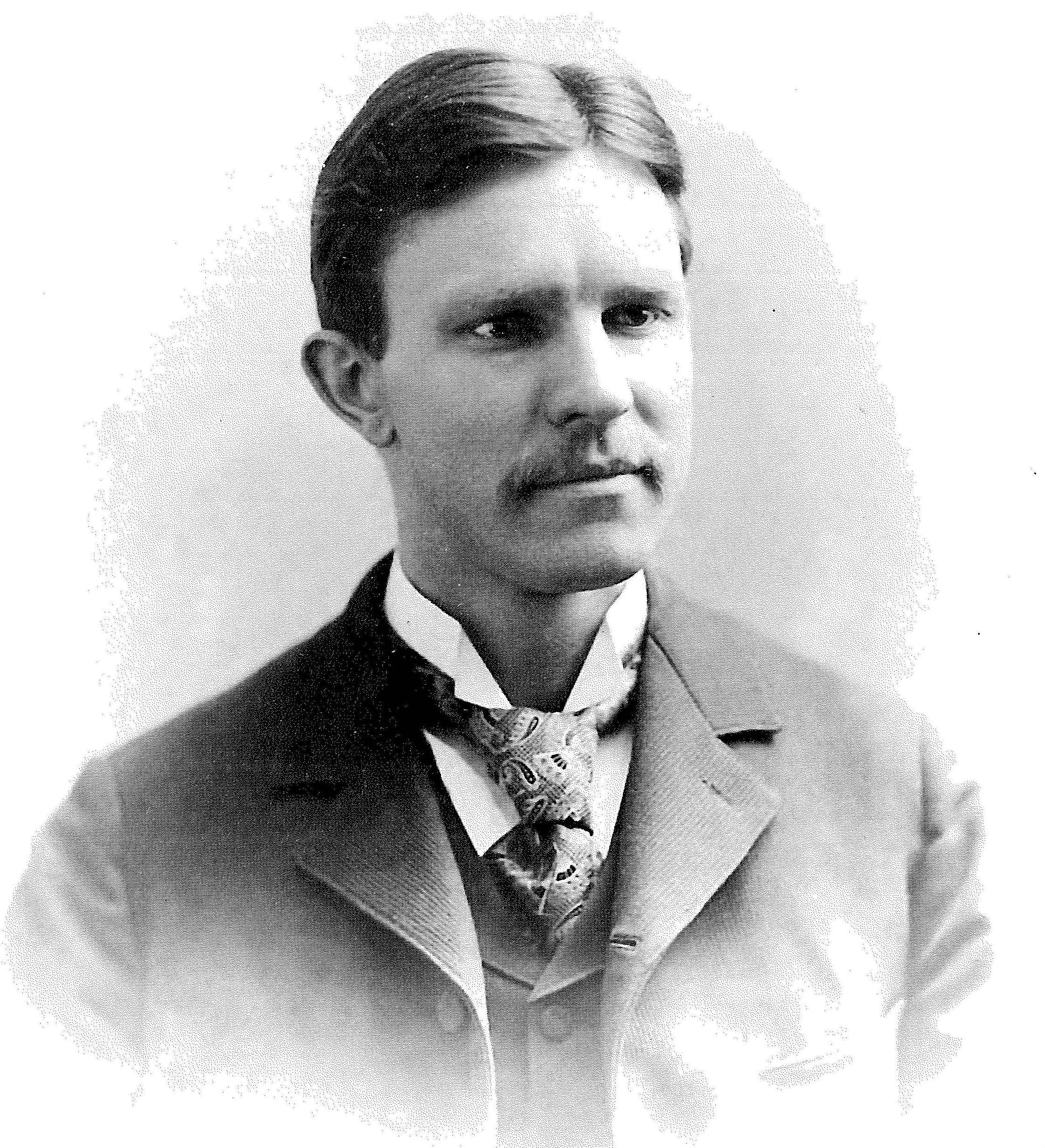|
The Book Of Counted Sorrows
''The Book of Counted Sorrows'' and ''The Book of Counted Joys'' are fictional books "quoted" as the source of various epigraphs in many of Dean Koontz's books. The books as cited sources do not actually exist; they are false documents. Koontz has since released a book under the same title, collecting the various epigraphs and adding additional material. Fictional books Koontz has, for many years, used epigraphs — short quotes at the start of books or chapters — as a literary device in his writings. These were often attributed to a source entitled, ''The Book of Counted Sorrows''. Koontz also occasionally cites ''The Book of Counted Joys'', such as the epigraph at the start of '' Odd Thomas''. For many years, Koontz fans searched for the elusive ''Counted Sorrows''. Koontz and his publisher received up to 3,000 letters per year inquiring about it. Librarians reported spending many frustrated hours in their attempts to locate the non-existent title. Koontz even ... [...More Info...] [...Related Items...] OR: [Wikipedia] [Google] [Baidu] |
Fictional Book
A fictional book is a text created specifically for a work in an imaginary narrative that is referred to, depicted, or excerpted in a story, book, film, or other fictional work, and which exists only in one or more fictional works. A fictional book may be created to add realism or depth to a larger fictional work. For example, George Orwell's novel ''Nineteen Eighty-Four'' has excerpts from a book by Emmanuel Goldstein entitled ''The Theory and Practice of Oligarchical Collectivism'' which provides background on concepts explored in the novel (both the named author (Goldstein) and the text on collectivism are made up by Orwell). A fictional book may provide the basis of the plot of a story, a common thread in a series of books or other works, or the works of a particular writer or canon of work. An example of a fictional book that is part of the plot of another work (in addition to ''Nineteen Eighty-Four'') is Philip K. Dick's ''The Man in the High Castle'', in which resista ... [...More Info...] [...Related Items...] OR: [Wikipedia] [Google] [Baidu] |
Epigraph (literature)
In literature, an epigraph is a phrase, quotation, or poem that is set at the beginning of a document, monograph or section thereof. The epigraph may serve as a preface to the work; as a summary; as a counter-example; or as a link from the work to a wider literary canon, with the purpose of either inviting comparison or enlisting a conventional context. A book may have an overall epigraphy that is part of the front matter, or one for each chapter. Examples * As the epigraph to '' The Sum of All Fears'', Tom Clancy quotes Winston Churchill in the context of thermonuclear war:Why, you may take the most gallant sailor, the most intrepid airman or the most audacious soldier, put them at a table together – what do you get? The sum of their fears. * The long quotation from Dante's ''Inferno'' that prefaces T. S. Eliot's "The Love Song of J. Alfred Prufrock" is part of a speech by one of the damned in Dante's Hell. * The epigraph to E. L. Doctorow's ''Ragtime'' quotes Scott Joplin' ... [...More Info...] [...Related Items...] OR: [Wikipedia] [Google] [Baidu] |
Dean Koontz
Dean Ray Koontz (born July 9, 1945) is an American author. His novels are billed as suspense thrillers, but frequently incorporate elements of horror, fantasy, science fiction, mystery, and satire. Many of his books have appeared on ''The New York Times'' Best Seller list, with fourteen hardcovers and sixteen paperbacks reaching the number-one position. Koontz wrote under a number of pen names earlier in his career, including "David Axton", "Deanna Dwyer", "K.R. Dwyer", "Leigh Nichols" and "Brian Coffey". He has published over 105 novels and a number of novellas and collections of short stories, and has sold over 450 million copies of his work. Early life Koontz was born on July 9, 1945, in Everett, Pennsylvania, the son of Florence (née Logue) and Raymond Koontz. He has said that he was regularly beaten and abused by his alcoholic father, which influenced his later writing, as also did the courage of his physically diminutive mother in standing up to her husband. In h ... [...More Info...] [...Related Items...] OR: [Wikipedia] [Google] [Baidu] |
False Document
A false document is a technique by which an author aims to increase verisimilitude in a work of fiction by inventing and inserting or mentioning documents that appear to be factual. The goal of a false document is to convince an audience that what is being presented is factual. In politics A forged document, the Zinoviev Letter, helped bring the downfall of the first Labour Government in Britain. Conspiracies within secret intelligence services have occurred more recently, leading Harold Wilson to put in place rules to prevent in the 1960s phone tapping of members of Parliament, for example. ''The Protocols of the Elders of Zion'', purporting to describe a Jewish plan for global domination, was first published in Russia in 1903, translated into multiple languages, and disseminated internationally in the early part of the 20th century. In art Artist JSG Boggs's life and work have been extensively explored by author and journalist Lawrence Weschler. Boggs drew currency with e ... [...More Info...] [...Related Items...] OR: [Wikipedia] [Google] [Baidu] |
Literary Device
A narrative technique (known for literary fictional narratives as a literary technique, literary device, or fictional device) is any of several specific methods the creator of a narrative uses to convey what they want —in other words, a strategy used in the making of a narrative to relay information to the audience and particularly to develop the narrative, usually in order to make it more complete, complex, or interesting. Literary techniques are distinguished from literary elements, which exist inherently in works of writing. Setting } from Homer's epic poem ''Odyssey'', whose role is carried by Leopold Bloom, much of the setting is described realistically, with great attention to detail. The locations within Dublin also represent locations in the Odyssey. Bloom's home is at 7 Eccles Street, and at the same time, Ithaca, the home of Odysseus. The Post office, Westland Row and Sweny's pharmacy on Lombard Street represent the Dublin location for Episode 5, Lotus Eaters; th ... [...More Info...] [...Related Items...] OR: [Wikipedia] [Google] [Baidu] |
Odd Thomas (novel)
''Odd Thomas'' is a thriller novel by American writer Dean Koontz, published in 2003. The novel derives its title from the protagonist, a twenty-year-old short-order cook named Odd Thomas. The book, which was well received and lauded by critics, went on to become a New York Times Bestseller. Following the success of the novel, six sequels, '' Forever Odd'' (2005), ''Brother Odd'' (2006), ''Odd Hours'' (2008), '' Odd Apocalypse'' (2012), and ''Deeply Odd'' (2013), were also written by Koontz. The final novel in the series ''Saint Odd'' (2015) was released on Jan 13, 2015. Three graphic-novel prequels, ''In Odd We Trust'', '' Odd Is On Our Side'' and ''House of Odd'' have also been released. In the postscript to the graphic novel, Koontz states that "God willing, there will be six Odd Thomas novels." A Special Odd Thomas Adventure (short novel), ''Odd Interlude'', was released on December 26, 2012, and another '' Odd Thomas: You Are Destined to Be Together Forever'' on December ... [...More Info...] [...Related Items...] OR: [Wikipedia] [Google] [Baidu] |
The Book Of Counted Sorrows
''The Book of Counted Sorrows'' and ''The Book of Counted Joys'' are fictional books "quoted" as the source of various epigraphs in many of Dean Koontz's books. The books as cited sources do not actually exist; they are false documents. Koontz has since released a book under the same title, collecting the various epigraphs and adding additional material. Fictional books Koontz has, for many years, used epigraphs — short quotes at the start of books or chapters — as a literary device in his writings. These were often attributed to a source entitled, ''The Book of Counted Sorrows''. Koontz also occasionally cites ''The Book of Counted Joys'', such as the epigraph at the start of '' Odd Thomas''. For many years, Koontz fans searched for the elusive ''Counted Sorrows''. Koontz and his publisher received up to 3,000 letters per year inquiring about it. Librarians reported spending many frustrated hours in their attempts to locate the non-existent title. Koontz even ... [...More Info...] [...Related Items...] OR: [Wikipedia] [Google] [Baidu] |
Barnes & Noble
Barnes & Noble Booksellers is an American bookseller. It is a Fortune 1000 company and the bookseller with the largest number of retail outlets in the United States. As of July 7, 2020, the company operates 614 retail stores across all 50 U.S. states. Barnes & Noble operates mainly through its Barnes & Noble Booksellers chain of bookstores. The company's headquarters are at 33 E. 17th Street on Union Square in New York City. After a series of mergers and bankruptcies in the American bookstore industry since the 1990s, Barnes & Noble stands alone as the United States' largest national bookstore chain. Previously, Barnes & Noble operated the chain of small B. Dalton Bookseller stores in malls until they announced the liquidation of the chain. The company was also one of the nation's largest manager of college textbook stores located on or near many college campuses when that division was spun off as a separate public company called Barnes & Noble Education in 2015. During the ... [...More Info...] [...Related Items...] OR: [Wikipedia] [Google] [Baidu] |
Charnel House (publisher)
Charnel House is a horror fiction publishing house, specializing in limited edition books noted for their craftsmanship. Examples being '' The Regulators'' (1996, by Stephen King writing under the pseudonym Richard Bachman) which featured bullets protruding from the front board and ''Last Call'' (1992, by Tim Powers) which featured endpapers made from untrimmed sheets of American dollar bills. Several of their releases are unavailable in any other format. Works published by Charnel House 2008 * ''Odd Hours'' by Dean Koontz, 300 numbered copies and 26 lettered copies 2007 * '' The Darkest Evening of the Year'' by Dean Koontz, 350 numbered copies and 26 lettered copies * '' The Good Guy'' by Dean Koontz, 350 numbered copies and 26 lettered copies * '' You Suck'' by Christopher Moore, 250 numbered copies and 26 lettered copies 2006 * '' Forever Odd'' by Dean Koontz, 300 numbered copies and 26 lettered copies * '' The Husband'' by Dean Koontz, 300 numbered copies and 26 lettere ... [...More Info...] [...Related Items...] OR: [Wikipedia] [Google] [Baidu] |
Fictional Books
A fictional book is a text created specifically for a work in an imaginary narrative that is referred to, depicted, or excerpted in a story, book, film, or other fictional work, and which exists only in one or more fictional works. A fictional book may be created to add realism or depth to a larger fictional work. For example, George Orwell's novel ''Nineteen Eighty-Four'' has excerpts from a book by Emmanuel Goldstein entitled ''The Theory and Practice of Oligarchical Collectivism'' which provides background on concepts explored in the novel (both the named author (Goldstein) and the text on collectivism are made up by Orwell). A fictional book may provide the basis of the plot of a story, a common thread in a series of books or other works, or the works of a particular writer or canon of work. An example of a fictional book that is part of the plot of another work (in addition to ''Nineteen Eighty-Four'') is Philip K. Dick's ''The Man in the High Castle'', in which resistan ... [...More Info...] [...Related Items...] OR: [Wikipedia] [Google] [Baidu] |

